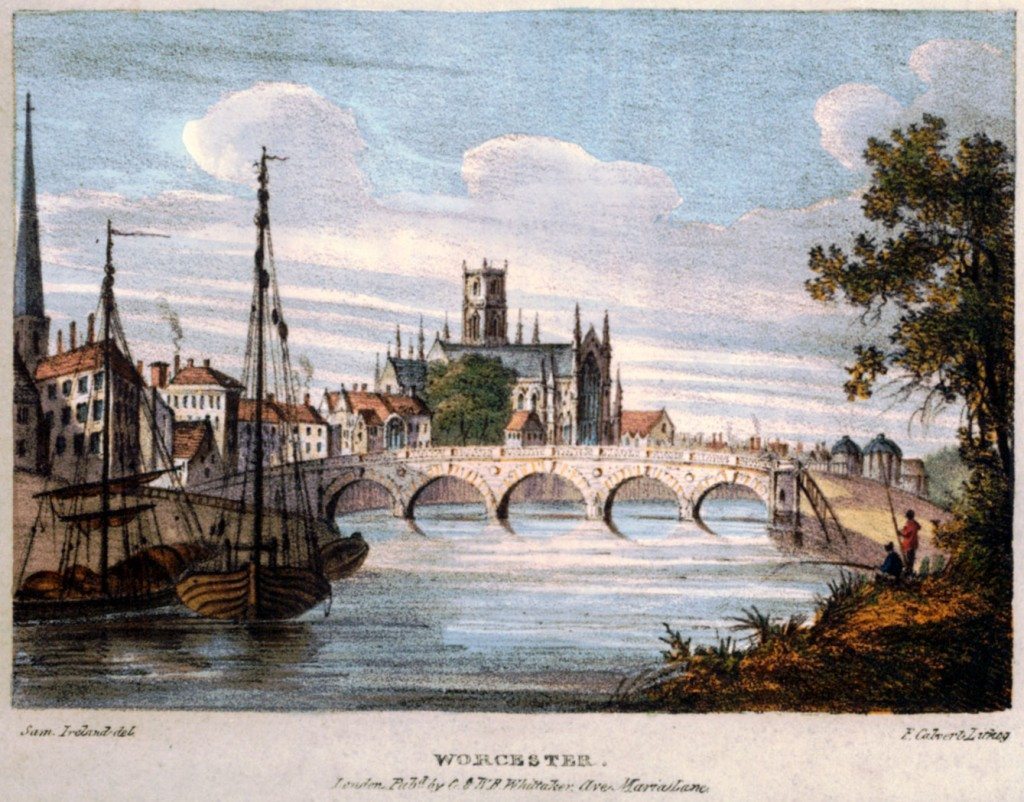Worcester
Image: Worcester. The county town of Worcestershire and a regional religious, cultural and economic centre.
“In proceeding down the Severn, the bridge, the cathedral, and the several church steeples of Worcester, rising beyond the race-ground, impress the mind of the spectator with an idea of a larger city than that which actually lies before him. The Malvern Hills, to the right, constitute a fine back-ground and give a bold relief to the principal objects in the town; but perhaps the most pleasing point of view in which the whole can be contemplated, is the one chosen by Mr Ireland (the artist of the engravings who visited the area in the 1790s), a little below the bridge.
The city of Worcester, agreeably situated in a rich vale upon the eastern bank of the Severn, and nearly in the centre of the county,…is about four miles in circumference. Its environs are distinguished by their beauty and fertility; its numerous outlets are eminently pleasing; and, in its broad, handsome streets, paved and lighted, and its well-built, modern brick houses, it wears the aspect of wealth, consequence, and comfort. The situation is dry and salubrious; and, from the extensive water-works, which were erected some years ago, about a mile above the bridge…the whole neighbourhood is abundantly supplied with one of the essential elements of cleanliness and health.
Worcester Bridge…more than half a century ago…had fallen to decay, and from its narrowness, it was found extremely inconvenient. In consequence…, the parliamentary representatives of the city, presented the sum of £3,000 to repair the old, or build a new bridge. The latter was determined on; money was borrowed to carry the plan into effect; the first stone was laid…on the 25th July, 1771; and the bridge was completed and opened in the year 1781. Mr John Gwynne was the architect.
The grand sweep of the bridge, from bank to bank is nearly two hundred and seventy feet. Archways, for the towing paths, are so constructed as to prevent interruption to the passage over the bridge. The approach to the bridge on each side of the river is open and commodious; the quays are spacious, convenient, and easy of access; and a fine street – Bridge Street, opening to Broad Street – leads the traveller into the middle of the city.
Three centuries ago Worcester was much celebrated for its manufacture of broad cloth; but that, as well as the manufacture of carpets, has long since disappeared. More than six thousand persons are said to be employed at this time in glove-making; and the distillery trade of Worcester is considerable. The manufacture, however, in which, with the exception of Derby, Worcester stands unrivalled, is that of porcelain. The chief establishments are those of Messrs. Flight, Barr, and Flight, and Messrs. Chamberlain and Co. patronized by their late and present majesties. In the beauty of its designs, in the brilliance and durability of its colours, and in the excellence of its material, the Worcester porcelain is said to be superior to that of any manufactory in Europe.
An important communication is maintained between the city of Worcester and the town of Birmingham – and also amongst the several towns of that are seated on the banks of the Severn below Worcester, and the great sea-port and manufacturing towns of the north – by means of the Worcester and Birmingham canal.”
Harral, vol. 2, p 53-55, 75-77.
« Previous in this sectionNext in this section »Continue browsing this section
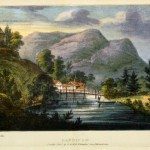 A Journey down the Severn from Thomas Harral’s Picturesque Views of the River (1824)
A Journey down the Severn from Thomas Harral’s Picturesque Views of the River (1824)
 Introduction: the Severn Waterway
Introduction: the Severn Waterway
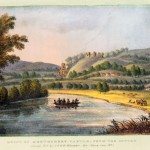 Poetry and Visions of the River Severn
Poetry and Visions of the River Severn
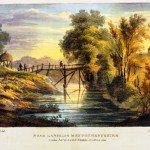 The Severn and its Origins in Wales
The Severn and its Origins in Wales
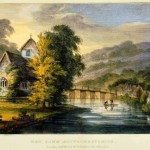 Newtown to Montgomery
Newtown to Montgomery
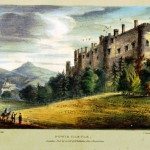 Powis Castle to Welshpool
Powis Castle to Welshpool
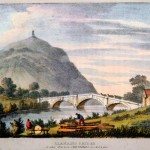 Welshpool to Shrewsbury
Welshpool to Shrewsbury
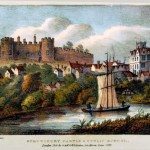 Shrewsbury
Shrewsbury
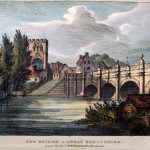 The English Bridge, Shrewsbury
The English Bridge, Shrewsbury
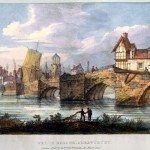 The Welsh Bridge, Shrewsbury
The Welsh Bridge, Shrewsbury
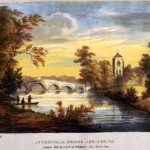 Atcham Bridge, Shropshire
Atcham Bridge, Shropshire
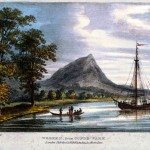 The Wrekin
The Wrekin
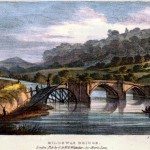 Buildwas Bridge and the Severn Earthquake of 1773
Buildwas Bridge and the Severn Earthquake of 1773
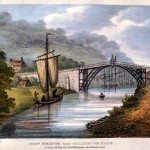 Coalbrookdale and the Ironbridge
Coalbrookdale and the Ironbridge
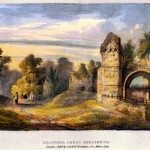 Madeley, Broseley and Lilleshall
Madeley, Broseley and Lilleshall
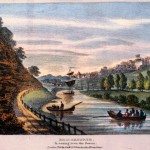 Bridgnorth
Bridgnorth
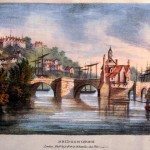 Bridgnorth’s Economy
Bridgnorth’s Economy
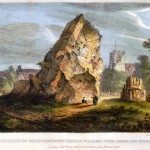 Bridgnorth Castle
Bridgnorth Castle
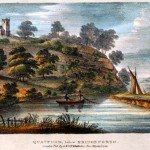 Quatford and the nearby Landscape
Quatford and the nearby Landscape
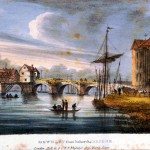 Bewdley
Bewdley
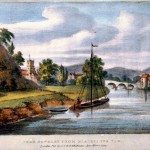 The Wyre Forest
The Wyre Forest
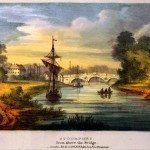 Stourport
Stourport
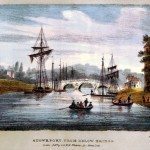 Stourport Bridge
Stourport Bridge
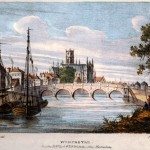 Worcester
Worcester
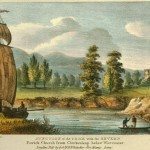 Worcester to Upton-on-Severn
Worcester to Upton-on-Severn
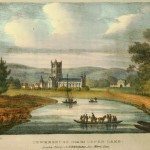 Tewkesbury
Tewkesbury
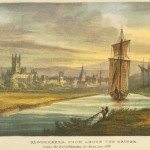 Gloucester
Gloucester
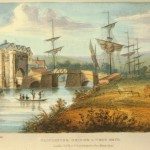 Gloucester’s Economy and the Severn Trade
Gloucester’s Economy and the Severn Trade



